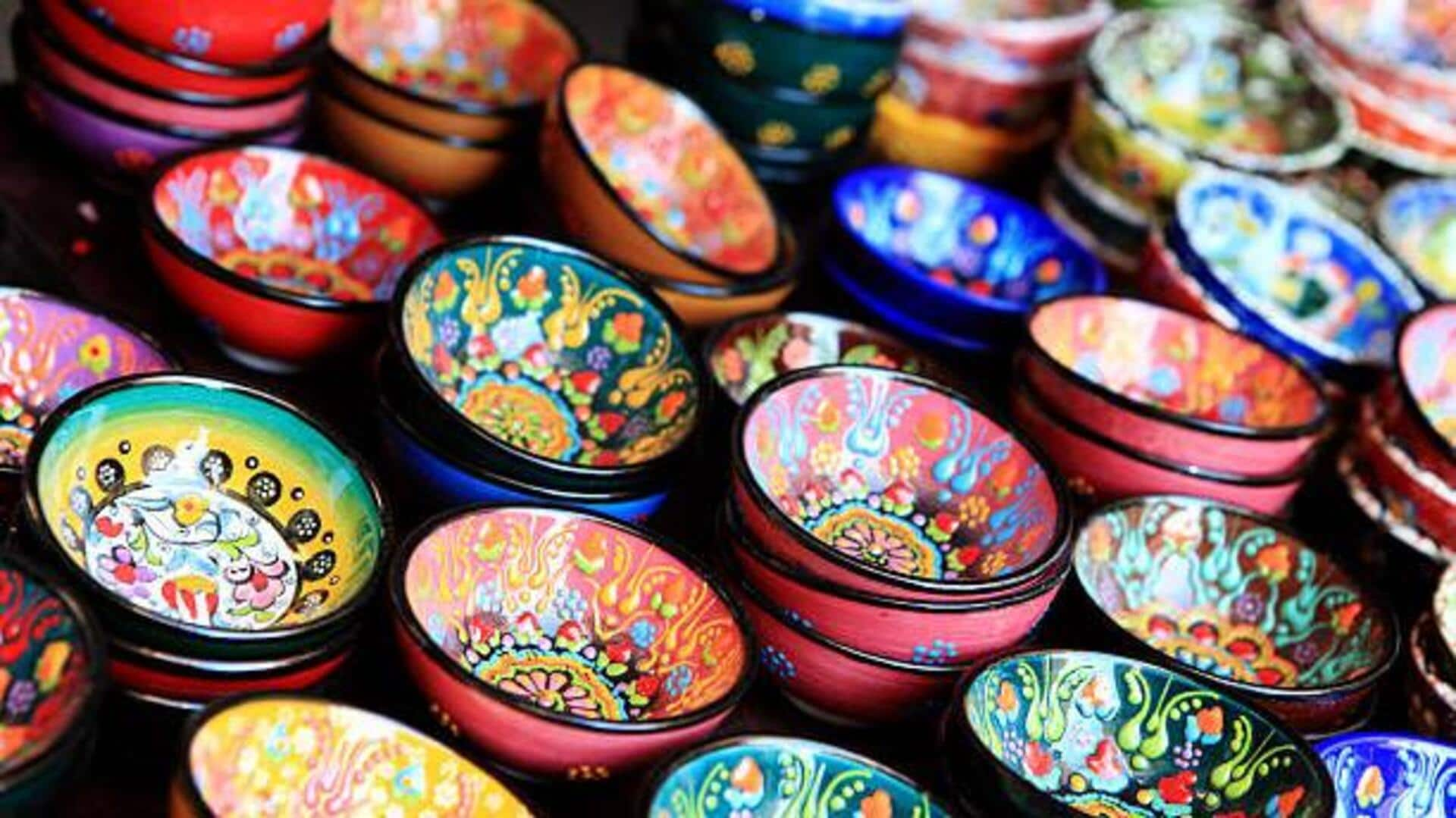
African pottery: Craftsmanship, significance, and legacy
What's the story
African pottery is a rich tradition that has been passed down generations. It is functional as well as artistic. The craft reflects the continent's diverse cultures and history. Every piece tells its own story. From utilitarian vessels to intricate sculptures, African pottery displays a wide range of techniques and styles. The art form evolves constantly, but its roots lie in ancient practices. It provides insights into the lives and beliefs of its creators.
Regional styles
Diverse techniques across regions
African pottery varies widely from region to region, each with its own techniques and styles. West African potters often use coiling methods to make large storage jars. East African artisans, on the other hand, may use wheel-throwing techniques for more delicate pieces. The materials used also vary; some regions prefer clay mixed with sand or grog for added strength. These regional differences showcase the adaptability and creativity of African pottery traditions.
Cultural insights
Cultural significance embedded in clay
Pottery in Africa extends beyond mere object creation; it is rooted in deep cultural significance. Many communities incorporate pottery into rituals or as emblems of status and identity. For instance, certain designs could be saved for specific ceremonies or people in a tribe. The motifs painted/carved onto pots often narrate stories or messages about community values and beliefs, making each piece a cultural artifact.
Modern adaptations
Evolution through modern influences
While traditional methods still dominate, modern influences have also shaped African pottery. Contemporary artists are experimenting with new forms and materials, while still honoring their heritage. Some potters incorporate recycled materials into their work as part of sustainable practices. Others blend traditional motifs with modern aesthetics to appeal to global markets, showing how this ancient craft continues to adapt over time.
Economic benefits
Economic impact on local communities
Pottery has an important economic role in many African communities by providing income opportunities to artisans. Local markets often have handmade pots that attract tourists looking for authentic souvenirs. Some potters also collaborate with international designers to reach broader audiences through exhibitions or online platforms. Such economic activity supports local economies while preserving cultural heritage through continued practice of traditional crafts.